On-line measurement and control in PF pipework
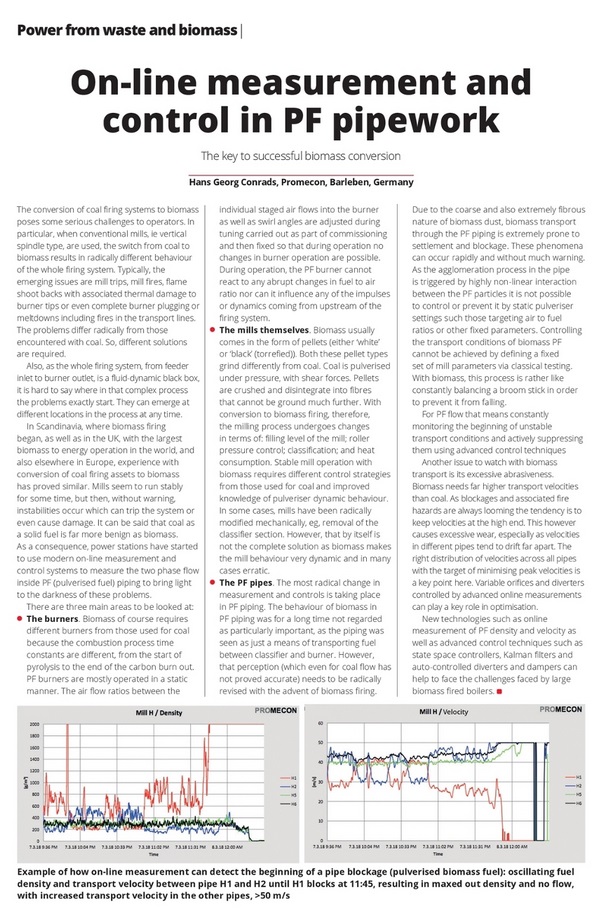
The key to successful biomass conversion
The conversion of coal firing systems to biomass poses some serious challenges to the operators. Especially when conventional mills i.e. vertical spindle mills are used, the switch away from coal to biomass results in a radically different behavior of the whole firing system. The typically emerging problems are mill trips, mill fires, flame shoot backs with the associated thermal damage to burner tips or even complete burner plugging or meltdowns including fires in the transport lines.
The two major difficulties are as follows
At first the nature of the problems and how to deal with them differs radically from the ones with coal. So different answers are to be found.
Secondly, as the whole firing system from feeder inlet to burner outlet is a fluid-dynamic black box, it is hard to say where in that complex process the problems exactly start. They can emerge at different locations in the process any time.
In Scandinavia where biomass firing began as well as in the UK with the largest Biomass to energy operation in the world, but also in continental Europe, the experience with the conversion of coal firing assets to biomass is similar. Mills seem to run stable for some time, but then, without warning, instabilities occur which can trip the system or even cause more harmful damage. It can be said that coal as a solid fuel is far more benign as biomass.
As a consequence power stations have started to use modern online measurement and control systems to measure the two phase flow inside the PF piping in order to bring some light into the dark of these problems.





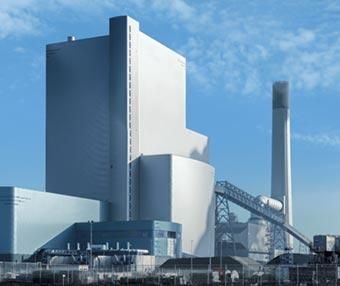 Power
Power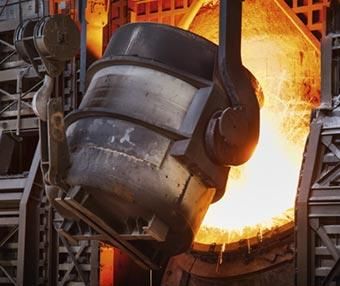 Steel & Smelters
Steel & Smelters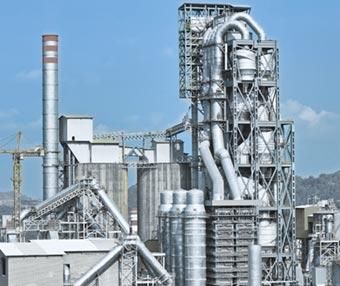 Cement
Cement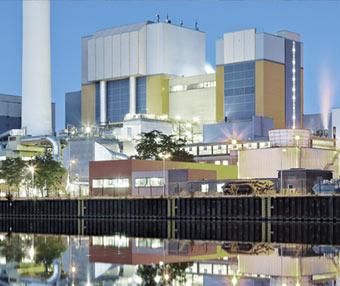 Waste to Energy
Waste to Energy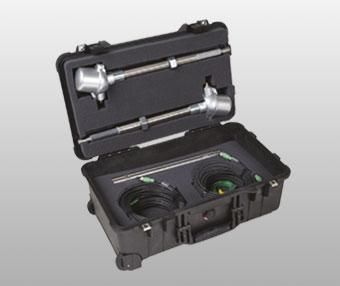 McON Air Portable
McON Air Portable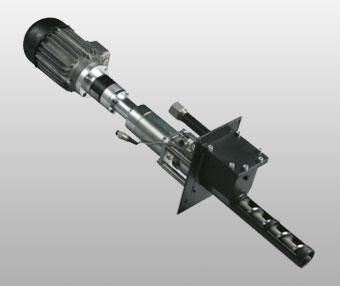 McON UBC
McON UBC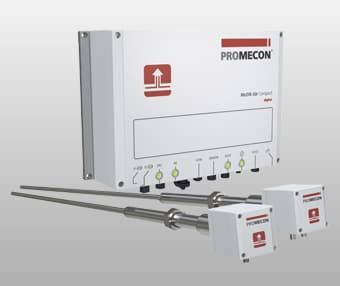 McON Air Compact
McON Air Compact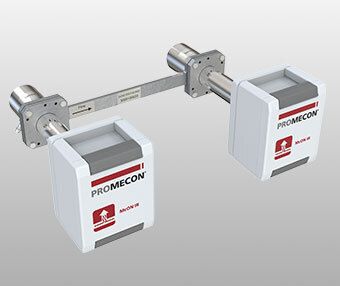 McON IR
McON IR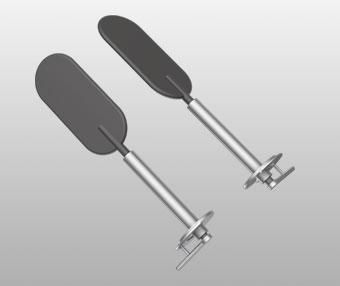 Density Damper
Density Damper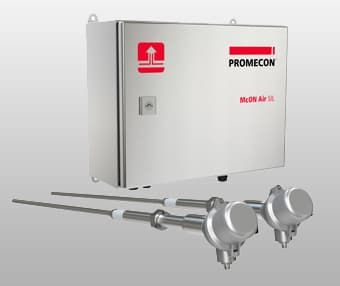 McON Air SIL
McON Air SIL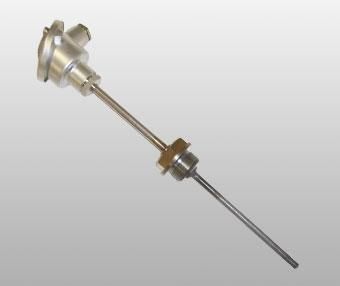 McON Temp
McON Temp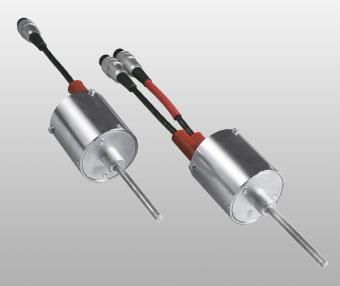 MECONTROL Coal
MECONTROL Coal